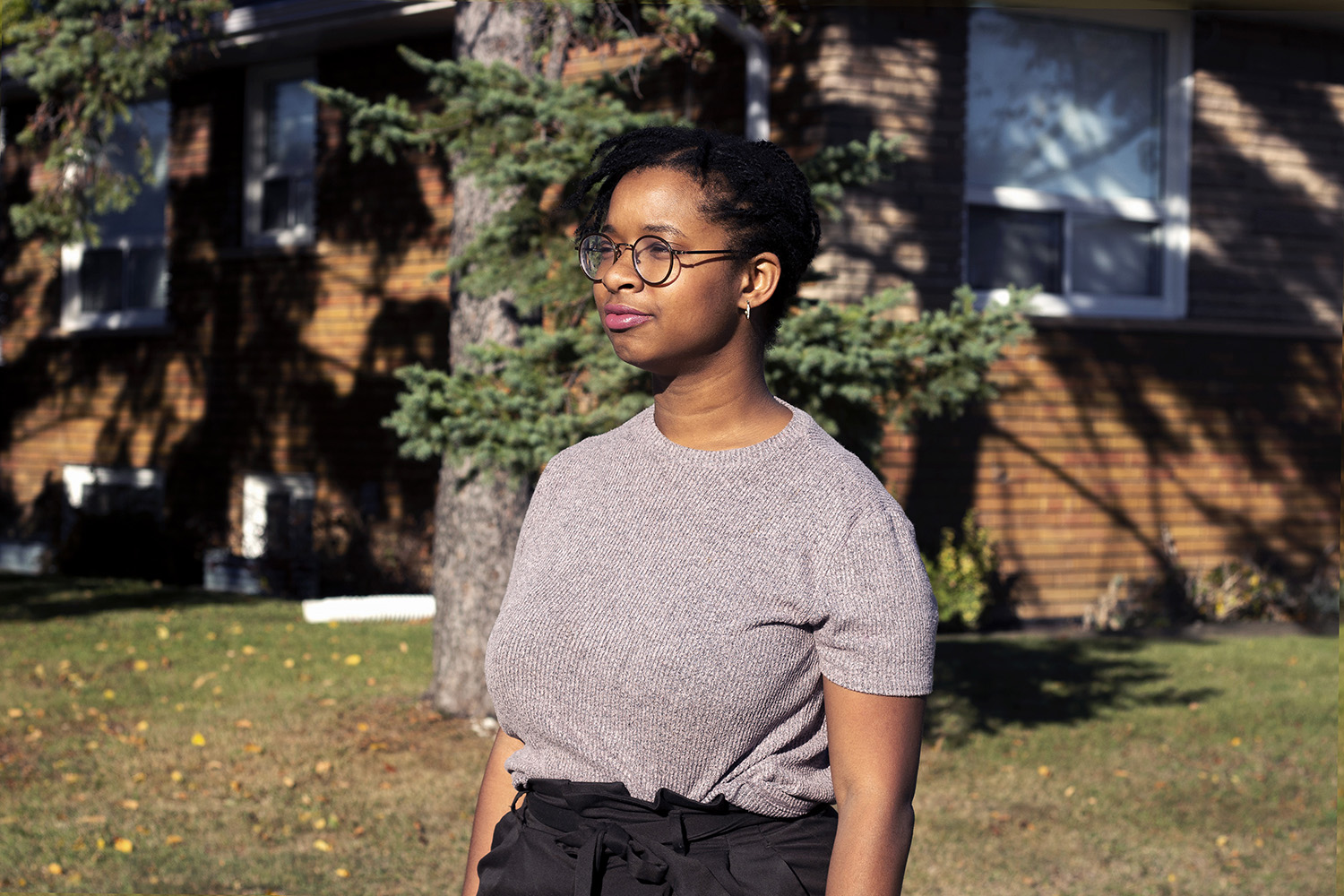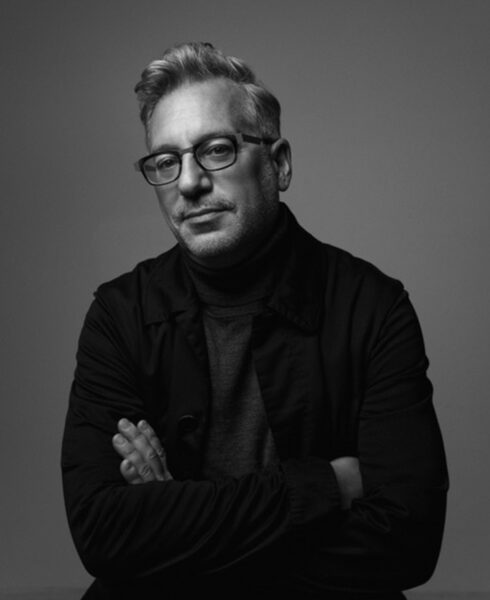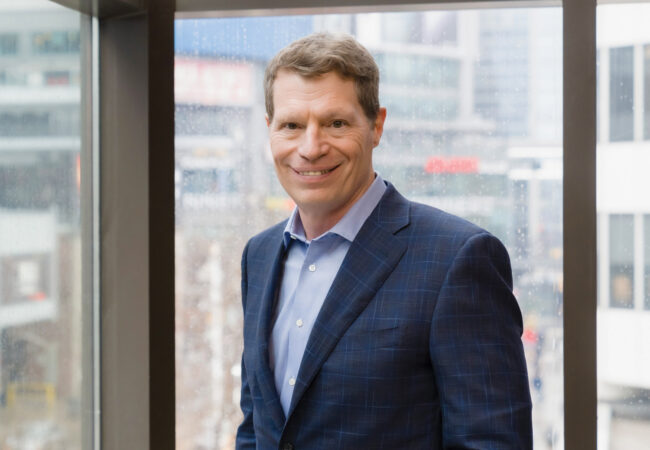For Cheryll Case (Urban and Regional Planning ’17), urban planning is about people, not buildings.
As founder and principal urban planner of CP Planning, an organization that specializes in community building, she helps communities reimagine spaces to work better for them.
“I feel like a lot of times in [urban] planning, there’s a lot of attention on the final product and what it’s going to be—and not enough focus on the people, the conversations that need to take place and the relationships that need to be formed,” says Case.
Since co-authoring a 2017 report, titled Protecting the Vibrancy of Residential Neighbourhoods, Case has been an outspoken advocate for affordable housing, inclusive planning, and applying a human-rights lens to planning projects.
She believes the core of a human rights-based approach is an understanding that inequality and marginalization denies people their rights and keeps them in poverty. She firmly believes planners have the power to shape how cities work.
There’s a shift in how the industry views affordable housing, she says, citing the federal government’s National Housing Strategy Act, which in 2019, recognized adequate housing as a fundamental human right.
“What would a city look like if it was told through a feminist narrative and was built with feminist intentions and feminist interests?”
Her firm prioritizes cultivating relationships with marginalized communities, non-profits and community groups before building and reimagining their neighbourhoods to ensure their input.
For example, one of the many things the COVID-19 pandemic has highlighted in the city is the issue of food insecurity. Case is a big supporter of FoodShare Toronto’s push to convert the city’s golf courses into urban farms, which would allow community members to grow their own produce.
“What really drew me to planning specifically is its role as a facilitator,” says Case. Last year, she held a workshop that envisioned a city through feminist perspectives.
“What would a city look like if it was told through a feminist narrative and was built with feminist intentions and feminist interests?” she says.
Planning needs to evolve from the concept of planning in the “public interest” to a practice of planning through a human rights approach. “The concept of public interest has traditionally meant the white homeowner, the white male homeowner with the wife. Not the single woman, not the immigrant,” she says. A human rights approach, Case says, has changed planning processes that have discriminated against women and people with disabilities.
The legacy of applying this approach to improve health, equity and inclusion shows that planning is a “powerful space” that can make cities better places to live.






